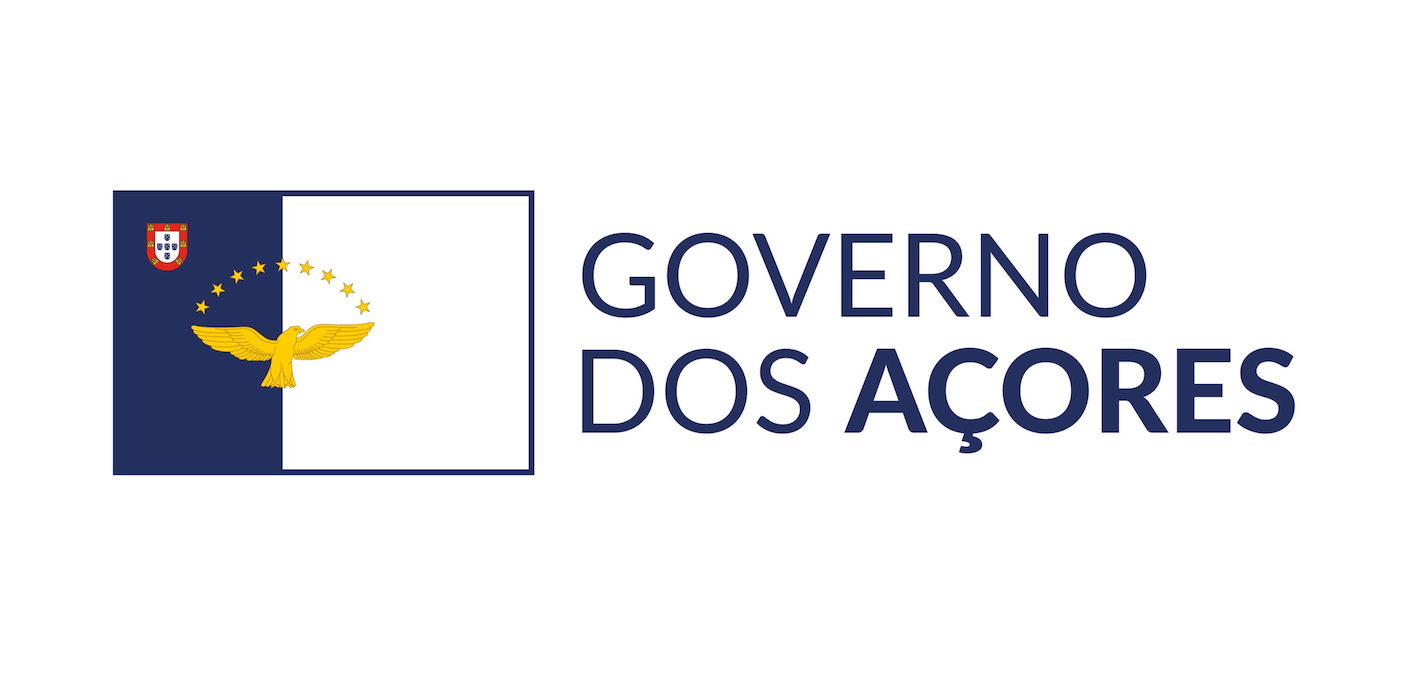
| Acronym: | M1.1.C/C.S./058/2021/01 |
| Cost Center: | 1098 |
| Operation Code: | M1.1.C/C.S./058/2021/01 |
| Title: | Computational Thinking with Tangible Goals |
| Start-End: | 14-02-2022 - 31-08-2024 |
| Entidade Beneficiária Principal: | Fundação Gaspar Frutuoso |
| Gestores da FGF: | Gonçalo Goulart, Paula Oliveira |
| Responsible Researcher: | Günther Matthias Andreas Funk |
| Organic Units: | FCT - Faculdade de Ciências e Tecnologia |
| R&D Units: | GRIA - Grupo de Robótica e Inteligência Artificial da Universidade dos Açores |
| Entidade | Montante |
|---|---|
| Direção Regional da Ciência e da Tecnologia (100.0 %) | 15.462,50 € |
Main Objectives:
The PeCOT project has as main objective to evaluate the impact of the use of the Azbot-1C robot in the development of computational thinking (computational thinking or CT) for children in the age of the first cycle, between 8 and 10 years old. The project explores the characteristics of the robot created at the University of the Azores (Pedro et al. 2021) allowing it to be adapted to the different types of interaction to be experienced throughout the activities to be developed. At the same time, we seek to conceive, propose and analyze a set of pedagogical intervention strategies that allow elementary school teachers to use robots for educational purposes in the classroom, in particular, for the development of computational thinking.< br />
The project that is now proposed will follow different stages, adjusted to the school contexts where it will be implemented, namely:
1. Presentation of the robot with the attached tangible interface (i.e. in its interface version with buttons or micro:bit) to teachers, exploring its potential and developing, with their collaboration, challenges that promote computational thinking in its different and main strands, identifying the different elements of the robotic educational system, ERS (Chevalier et al., 2020) that will support the experiences i.e. the quadruple Tasks - Interface - Robot - Arena.
2. Preparation of the application of the CCPS assessment model (Chevalier et al., 2020) and training.
3. Experimenting with the proposed activities in a classroom context, collecting and recording the collected data.
4. Evaluation of results, following the proposed evaluation model, with discussion and communication of results.
This sequence of steps is repeated for the same robot now with a tangible interface decoupled.
These four stages allow us to achieve the following objectives that complement each other
Contribute to the use of tangible objects, i.e. educational robots, in a controlled context, where the elements of the robotic educational system are framed, for the development of children's TC.
Evaluate the experiences carried out, following the CCPS model in order to identify the best strategies to adopt for TC learning.
Compare the results obtained by children from challenges proposed together with researchers and teachers, taking into account the characteristics of robots (i.e. programming through the button interface vs. programming using objects of a tangible programming language by blocks).
Evaluate, with the teachers, the experience of using the robot and the way they envisage its use in the classroom context.
The evaluation methodology follows the methodology presented in Chevalier et al.(2020; 2021). In fact, this methodology is intended to be an active methodology that involves the participation of teachers in the design of the proposed activities, following the ERS (Giang et al., 2019). Teachers should make an assessment of the activity carried out in the classroom context and discuss with the researchers, proposals for changing / adapting the tasks to improve the results obtained, that is, ensuring that the learning process follows the steps that guarantee the sequence that promotes CT learning i.e. problem solving, reflection, persistence with active participation throughout the process. Throughout the experiments carried out in the classroom context, it is also intended that the teachers and children who participated in the tasks, make an evaluation of the process.
Other elements that will be part of the evaluation will follow the proposal of Chevalier et al. (2021):
Utility, that is, how the use of robots promotes the development of essential transversal skills, i.e. creative and critical thinking, information and communication, reasoning and problem solving, interpersonal relationships and scientific and technological knowledge (Martins et al., 2017).
Usability, that is, the ease of using the proposed system in close connection with the skills of a teacher in the classroom context and which we fit in the first axis 1 - Training and professional education of the INCODE 2030 program (see https://www. incode2030.gov.pt/eixos).
Acceptance, that is, the autonomy to use the proposed tasks, motivation and persistence in the face of difficulties.
These methodologies imply the collection and processing of quantitative and qualitative data (e.g. filming, interview and data processing) and that will allow answering the following questions that meet the objectives of the project:
Can the children fulfill the proposed tasks following the step-by-step model proposed by the CCSP model?
How does teacher intervention in the context of the tasks performed improve student performance taking into account the criteria defined for the model used?
What is the influence of different interfaces (coupled vs. decoupled) on learning? What differences in relation to gender?
How do teachers see the use of the model according to its usefulness, usability and acceptance.
In the proposed experiments, the Azbot-1C robot (Pedro et al., 2021) will be used in the coupled tangible interface and decoupled tangible interface versions. The first refers to the use of buttons for programming, allowing the robot to move in different directions according to the program introduced. The second refers to the use of the robot, a set of tangible parts or blocks that represent programming elements (Funk et al., 2020). The arrangement of these parts will correspond to a program. In this version, a smartphone is used to read the sequence of the parts that make up the program and the image is converted into a program and sent to the robot to execute it.
Still in the context of the coupled tangible interface, two formats will be chosen. The first one with buttons that will allow children to program their programming through a chosen sequence of pressed buttons. This is an interface model already used by other educational robots. The second will use the micro::bit board (see https://www.microbit.org/). This board will have the same functionality as the buttons, but will allow a more intuitive visualization of the robot's internal states through the use of the available LED matrix.
The construction of the arenas (i.e. scenarios where the robot performs the tasks) and the elaboration of the tasks will be carried out with the participation of the teachers. the quadruple Tasks - Interface - Robot - Arena will be the support for the activity to be carried out in the context of the classrooms, so they will require an initial training of the teachers in the way of their use.
The CCSP model will allow a detailed assessment of how children interact with robots and how CT-related activities are carried out. Throughout the experiments carried out, it is expected to maintain a permanent dialogue between researchers and teachers in the classrooms where they are carried out.
Most of the elements of the research group have been working together in the area of educational robotics and have collaborated in educational robotics training and workshops for teachers in the Autonomous Region of the Azores. In the management of the project work, a task task is added that will help in the processing of data collected within the scope of the implemented CCSP model.
Project Description:
The project aims to evaluate the mobilization of Computational Thinking skills (Computational Thinking = CT) in children from the first cycle of basic education, with an incidence in the 8 to 10 years of age, through the use of tangible objects in the context of the robot Azbot1-C, as well as analyzing a set of pedagogical intervention strategies implemented by teachers in the classroom that enhance these skills. Thus, the following aspects of this learning process will be taken into account:
1- What are the tasks, framed in problematic situations, that children can solve individually or in groups using the robot?.
2- To what extent can the intervention of teachers in the context of tasks improve student performance?
3- What global assessment does the teacher of the 1st Cycle of Basic Education make of the skills developed by children through the use of the robot?
In addition to these questions, we will try to analyze and discuss the aspects that we list below and that result from the experimentation of different interfaces, as they allow us to assess, in a more profound way, the use of the robot in the educational context:
A- Analyze the greater or lesser ease with which children use the robot in the proposed challenges, taking into account the different programming interfaces available.
B- Assessment of the role of the interface in the way learning activities are developed, that is, in the type of pedagogical strategies for organizing and managing learning situations designed for the use of the robot.
C- Identify the best strategies that promote TC learning.
CT has been valued as a learning area that fits the skills of the 21st century. These include the ability to solve problems by dividing them into simpler problems, to represent these problems using algorithmic representation, to know how to interpret the results and communicate them. This project will contribute to a finer perception of how a robot with different interfaces, which allow programming in contexts of challenges posed to children in the first cycle, can contribute to the development of the TC of these children.
The evaluation model used is part of the desire to allow an active contribution from the teachers of the schools where the experiments will be carried out. Thus, the CCSP model was chosen, which by analyzing children's behavior allows an assessment of how learning takes place and to what extent it becomes more effective with the change of some of the strategies adopted.
The research team has scientific work developed in educational robotics and promoted training actions and workshops on the subject. It has a close connection with schools in the context of previous projects in which teachers from schools in the Autonomous Region of the Azores actively collaborate in the creation of robots and in the development of robotic activities in schools.



